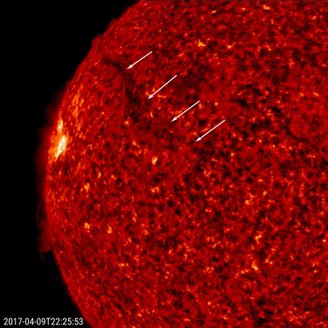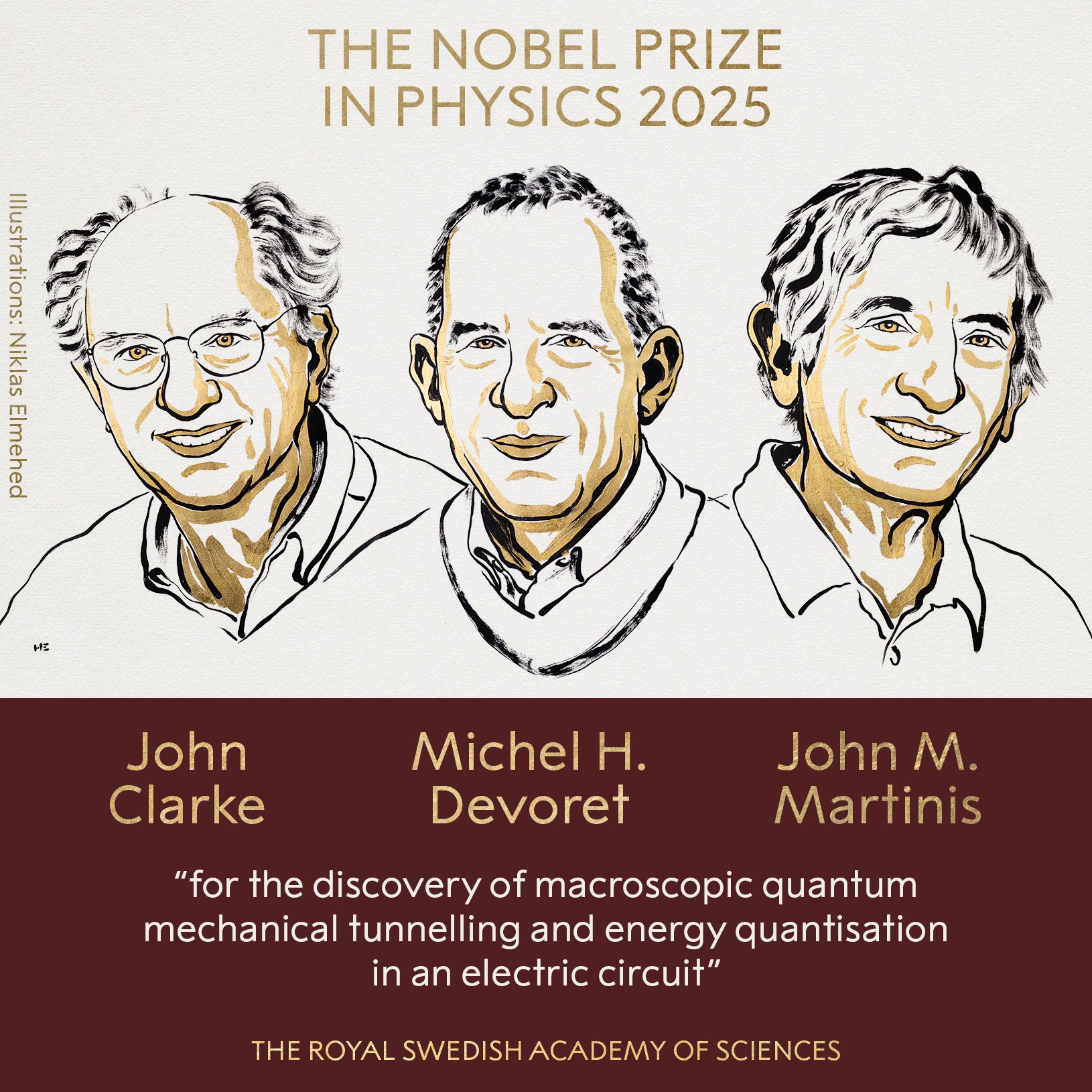The advancement of technology has made possible many discoveries and investigations that were previously only dreamed of in stellar utopias. Thanks to projects such as Gaia, European Space Agency, TESS, NASA, among many others Discovery of the Milky Wayand beyond, new information and data show that the universe has many surprises waiting for us.
An example of this is This star paternity test. Who would have thought that stars orphaned today could be traced back to their origins? There is also data suggesting that old stars may be a good sign of nearby life. Learn about the latest discoveries about the stellar secrets of the Milky Way and places beyond.
DNA test for stars
Have you ever heard of orphan stars? This class of bright stars is not bound to galaxies or star clusters.. They live in empty spaces, and little is known about how they formed or how they got to these isolated areas.
However, a study presented by Lehigh University at the 243rd American Astronomical Society Meeting suggests that these stars are expelled from their clusters, and their origins can also be traced! Using data from the European Space Agency’s Gaia Mission, researchers identified and mapped orphan B-type stars visible outside the Milky Way.
According to researchers, high-intensity gravitational events can eject young stars from their formation cradles. An example would be a binary star supernova. So will it be possible to find out where these stars come from? By cross-referencing data from 95 B-type stars and 1400 open star clusters, they were able to trace the origin of 15 of them..

To do this, they used kinematic tracking tests and the Hertzsprung-Russell Diagram to examine the size and brightness of stars, among other methods, and compared data from rovers to stars belonging to clusters.
According to the team, the results are quite satisfactory and open a window into the study of stars. formative events and essentially the expulsion of these stars into the “empty” periphery of galaxies.
The calm of the star age
While stars can be hyperreactive at first, exploding and blowing out everything around them, they seem more likely to have a life-friendly neighborhood as they get older. The first identified exoplanet, 51 Pegasi b, was recently revisited in a study published in Astrophysical Journal Letters.

Analyzing data from the TESS Mission and the LBT (Large Binocular Telescope), the team evaluated the behavior of the magnetic field of the 51 pegasi star that gave its name to the exoplanet. It is known that there is a direct interaction between the magnetic field of stars and their rotational movements.causing the star to slow down over the course of millennia.
This effect, known as magnetic braking, could be the key to life around old stars. According to the data, the brake will act as a softening device over millennia, making the star less reactive, resulting in smaller eruptions of solar winds and storms.
With this, the neighborhood will become more suitable for life-supporting conditions, with lower radiation levels and a more temperate “climate”. Thanks to this hypothesis, the team wants to look at other exoplanets and their stars to obtain more data and better understand how this relationship is formed and what possibilities this opens up to continue the search for exoplanets that enable life beyond Earth.
With the gradual development of technology, we are discovering new phenomena, interactions, planets and possibilities in the universe, albeit in small steps.
Stay up to date with the latest astronomical studies at TecMundo. If you wish, take the opportunity to learn new recipes about the formation of life in the universe.
Source: Tec Mundo
I’m Blaine Morgan, an experienced journalist and writer with over 8 years of experience in the tech industry. My expertise lies in writing about technology news and trends, covering everything from cutting-edge gadgets to emerging software developments. I’ve written for several leading publications including Gadget Onus where I am an author.













